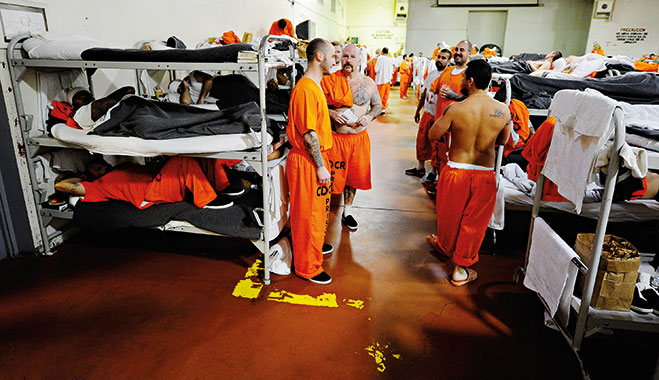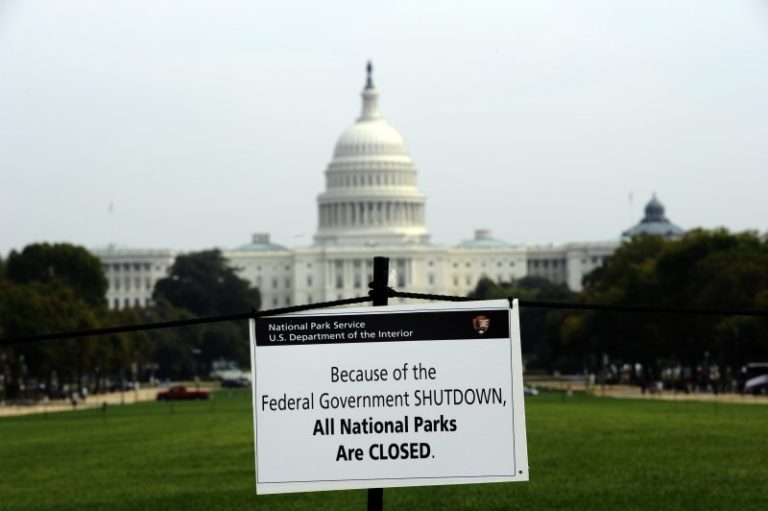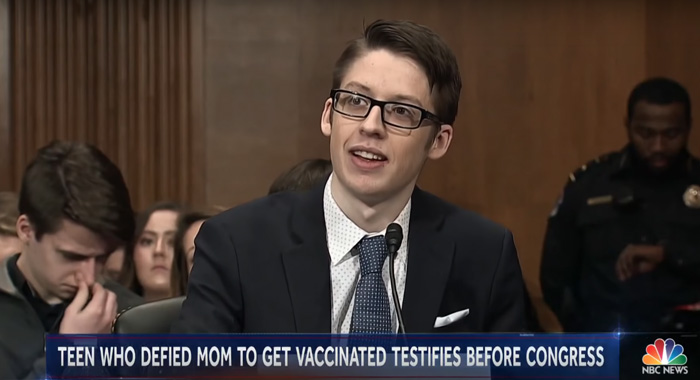
U.S. prisons aren’t like other prisons — and by no means is that a compliment or a reference to “American Exceptionalism.” U.S. prisons draw to mind the grim and haunting images of bare floors, orange jumpsuits, and a deep sadness on almost every face. Like some of you, I too grew up thinking that this was just the way jails functioned: as a sad but necessary part of life. I believed that people who went to jail had done something wrong and that people found guilty were, in fact, guilty.
As I’ve gotten older, however, my views have drastically changed. With a greater understanding of the institutionalized racism and other forms of discrimination that exist in the U.S. justice system, I no longer accept the perceptions about prisons and prisoners that I once did when I was younger. Furthermore, I’ve come to learn that U.S. prisons are fundamentally different from almost every other country’s method of issuing punishment for a supposed crime. For example, Norway is home to what has been labeled as the world’s most humane prison, a place in which inmates have plenty of access to nature, religious services, hobbies, natural light, and privacy, all while maintaining maximum security measures.
The idea that a system such as this could be possible, let alone preferable to what is in place now, might be surprising to some people. But, the specific psychology behind more humane prisons has to do with a focus on rehabilitation rather than punishment. It centers around the idea that people are more likely to behave in the way we show them we expect them to behave. If I treat someone like they are my good friend, then they are more likely to act like my good friend. And if we treat inmates like they are valuable members of society who have the ability to change, then they are more likely to demonstrate that behavior once they are released.
While it’s true that every country is different and dealing with a unique set of concerns, there is proof that more humane prisons lead to fewer instances of reincarceration. Only 20 percent of people are brought back to prison after release in Norway, versus 76.6 percent of people in the United States.
Aside from the despicable conditions of U.S. prisons, those incarcerated also frequently face coercion into labor for extremely little pay. This is a practice that is deeply rooted in slave owners’ responses to the abolition of slavery, since after the 13th Amendment was passed, white leaders found a way around the law by arresting former slaves for superficial “crimes” and then forcing the prisoners to perform free labor. But even today, as wildfires rage over California, more than 15 percent of the nearly 10,000 people fighting those fires are inmates who are paid only $2 a day. Perhaps worse still is fact that inmate firefighters are specifically told during their training that they need not apply for a job firefighting when they are released because they will not be hired due to their time spent in prison.
The question remains: exactly what is the U.S. trying to accomplish with its current prisons system? It can’t be rehabilitation, since based on this evidence, U.S. prisoners are neither encouraged to pursue outside hobbies and interests designed to raise their self-confidence, nor are they encouraged to pursue jobs that would allow them to make a living salary, despite having highly significant experience in fields such as cooking, farm work, firefighting, and other forms of production. And yet, only about 45 percent of people have a job after 8 months of being released from prison.
There is so much wrong with the U.S. prison experience: from rampant instances of sexual assault, corruption within prison leadership, lack of access to feminine hygiene, and refusal to offer support to transgender inmates. These things are not problems for other countries, and they do not have to be problems for the U.S. — we do not have to just accept these horrible injustices as if they are simply the way things have to be only because this is the way they’ve always been. If we really want prisons to function in a productive way, there needs to be a massive overhaul of current practices. It’s time to stop treating prisoners as subhuman, and also start rethinking how and why people are placed in prison in the first place.
-Lila Olson



